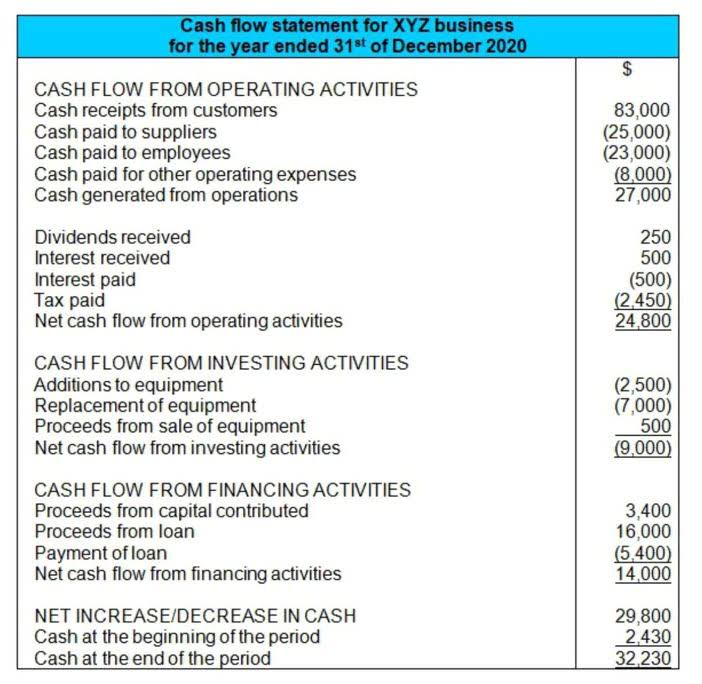
Entry #4 — PGS purchases $50,000 worth of inventory to sell to customers on account with its vendors. Deskera, allows you to integrate your bank directly and track any expenses automatically. When you make an expense, the journal entry is automatically created, and it is mapped to the correct ledger account. When your business creates an invoice, the corresponding journal entry is added automatically by the system in the respective ledger for Accounts Receivable, Sales, Sales Tax, etc… To recap, the general journal is the company book in which accountants post (or summarize) all journal entries.
- When you sell something to a customer who pays in cash, debit your Cash account and credit your Revenue account.
- Automation is a way to make your business function smoothly.
- This is the best way to keep track of sales during your accounting period.
- At the end of the month, the total Sales on credit were $2,775.
- Let’s say your customer purchases a table for $500 with cash.
- This entry records the amount of money the customer owes the company as well as the revenue from the sale.
- These types of entries also show a record of an item leaving your inventory by moving your costs from the inventory account to the cost of goods sold account.
Which Accounts Are Used in Sales Entry Records?
You would also credit sales discounts for the discount amount. We’ve gathered the information, analyzed the accounts, and calculated debits/credits. Now it’s time to officially log the entry into the accounting system. It should be noted that sales of goods are recorded in the sales journal. However, sales of assets such as land, building, and furniture are not recorded in the sales journal because they are sold infrequently. Each sale invoice is recorded as a line item in the sales journal as shown in the example below.

Sales Credit Journal Entry
The posting reference would be to indicate that we had entered the amount in the accounts payable subsidiary ledger (Figure 7.29). The total of all of the cash disbursements for the month would be recorded in the general ledger Cash account (Figure 7.27) as follows. Note that the information for both the cash receipts journal and the cash disbursements journal are recorded in the general ledger Cash account. The example below also shows how postings are made from the sales journal to both the subsidiary and general ledger accounts. Each individual sale is posted to its appropriate subsidiary account.
Summing Up Sales Journal Entries
- So you’ll eventually need them to prepare other financial statements.
- To top it off, creating financial reports with Deskera is as easy as 1-2-3.
- When the customer pays the amount owed, (generally using a check), bookkeepers use another shortcut to record its receipt.
- Sales invoices are the primary inputs into the sales journal.
- Similarly, purchase journals are used to record the purchases of a company.
- It should be noted that sales of goods are recorded in the sales journal.
- The posting of this sales journal will be similar to the posting explained in the above example.
Let’s look at an example where the customer paid cash and then changed their mind a few days later. They returned the item to you and received a full refund from you, including taxes. To create a journal entry in your general ledger or for a sale, take the following steps. That’s because the customer pays you the sales tax, but you don’t keep that amount. For example, if we overpaid our electric bill, we could get a refund check in the mail.


He spends all of the money on improving and updating the store’s fixtures and looks. The top half of the page contains the auto numbering format, currency, and journal date. There’s also an option that allows you to include the entry on the tax report. Then there’s the bottom half, where you can add the account, description, type, and amount.

At the end of the month, the total of $2,775 would be posted to the Accounts Receivable control account in the general ledger. Baker Co.’s account in the subsidiary ledger would show that they owe $1,450; Alpha Co. owes $625; and Tau Inc. owes $700 sales journal (Figure 7.18). When journal entries are recorded for sales, debits and credits must be created for specific accounts. After they’ve been entered, the accounts should all balance out. If they don’t, mistakes will be found on the balance sheet.
- So, instead of adding it to your revenue, you add it to a sales tax payable account until you remit it to the government.
- In this example some information has been omitted to simplify the example.
- Finally, if your state or local governments impose a sales tax, then your entry will show an increase in your sales tax liability.
- Now that these transactions are recorded in their journals, they must be posted to the T-accounts or ledger accounts in the next step of the accounting cycle.
- They are just words that show the double-sided nature of financial transactions.
- Note there is a single column for both the debit to Accounts Receivable and the credit to Sales, although we need to post to both Accounts Receivable and Sales at the end of each month.
If a general journal is used to record credit sales, each transaction must be posted to both the subsidiary and the general ledger accounts. Even for a firm with only several hundred sales a month, using a sales journal can save considerable time. We enter all cash received into the cash receipts journal, and we enter all cash payments into the cash disbursements journal, sometimes also known as the cash payments journal. Good internal control dictates the best rule is that all cash received by a business should be deposited, and all cash paid out for monies owed by the business should be made by check. Money paid out is recorded in the cash disbursements journal, which is generally kept in numerical order by check number and includes all of the checks recorded in the checkbook register. If we paid this month’s phone bill of $135 with check #4011, we would enter it as shown in Figure 7.26 in the cash disbursements journal.
Do you own a business?
The sales journal is used to record sales on account (meaning sales on credit or credit sale). Selling on credit always requires a debit to Accounts Receivable and a credit to Sales. Because every credit sales transaction is recorded in the same way, recording all of those transactions in one place simplifies the accounting process. Note there is a single column for both the debit to Accounts Receivable and the credit to Sales, although we need to post to both Accounts Receivable and Sales at the end of each month. There is also a single column for the debit to Cost of Goods Sold and the credit to Merchandise Inventory, though again, we need to post to both of those.

In recording a journal entry for sales, you’ll need to pass entry for sales—that is, move the information to all of the different accounts where it needs to be recorded. Let us understand how organizations maintain sales credit journal entry records with the help of a few of examples. When the goods are sold on credit to the buyer of the goods, the sales account will be credited to the company’s books of accounts. Therefore, it will increase the revenue and reflect in the company’s income statement during the sale period. Now that these transactions are recorded in their journals, they must be posted to the T-accounts or ledger accounts in the next step of the accounting cycle. As you might’ve guessed, a journal entry for sales of goods, is created whenever your business sells some manufactured goods.
